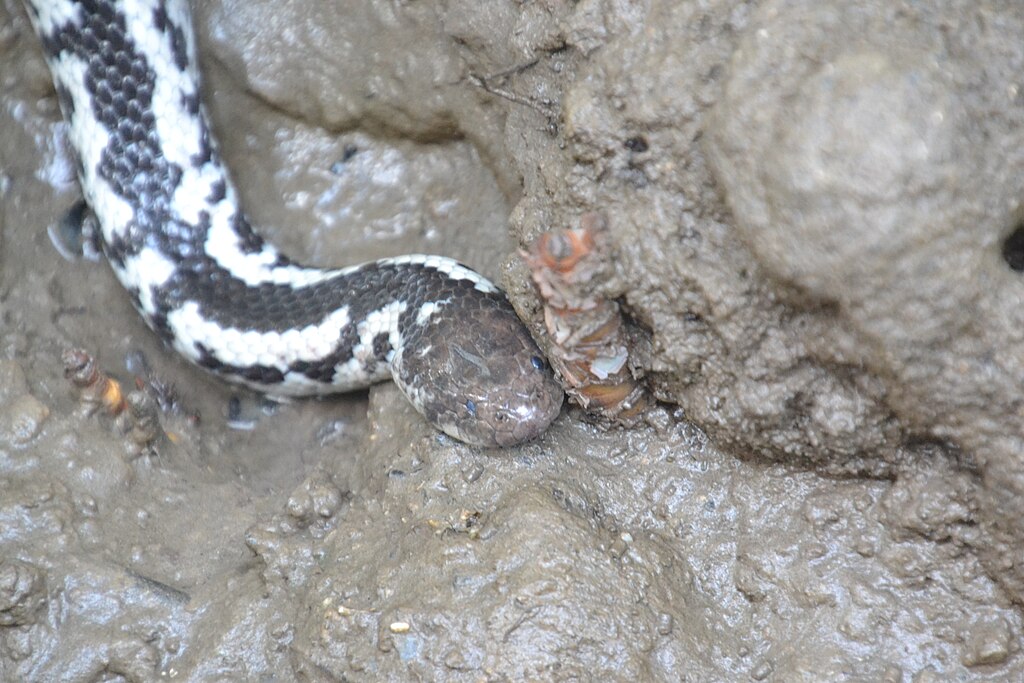In the mysterious realm where land meets sea, a remarkable serpent has carved out a truly unique ecological niche. The mangrove snake, scientifically known as Myron richardsonii (crab-eating water snake) or Fordonia leucobalia (white-bellied mangrove snake), represents one of nature’s most specialized adaptations. These fascinating reptiles have evolved to live their entire lives within the tangled, brackish universe of mangrove forests, rarely if ever venturing onto dry land or into open water. Their story is one of remarkable adaptation, specialized hunting techniques, and survival in one of Earth’s most challenging transitional ecosystems.
The Mangrove Ecosystem: A Unique Habitat
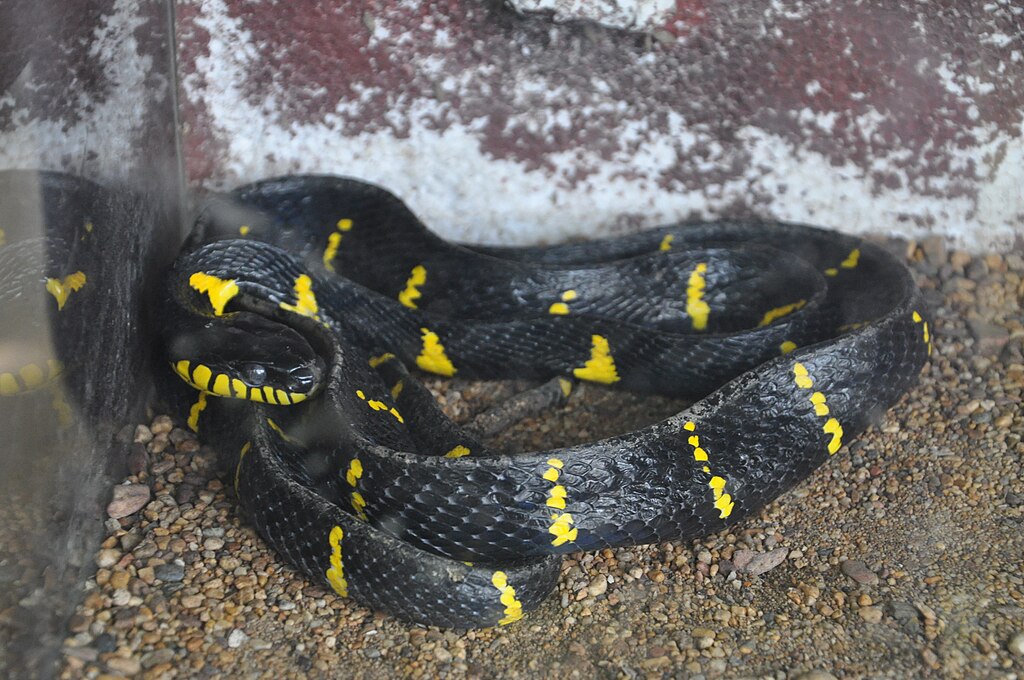
Mangrove forests represent one of Earth’s most distinctive coastal ecosystems, thriving in the intertidal zones where freshwater meets saltwater. These remarkable forests are characterized by their dense, tangled root systems that extend above and below the waterline, creating a complex maze of channels, pools, and mudflats. The mangrove environment experiences dramatic shifts with each tidal cycle, alternately flooding and draining twice daily. This dynamic habitat harbors an astonishing biodiversity despite its challenging conditions, including extreme salinity, low oxygen levels in sediments, and unstable substrates. For the specialized snakes that call this environment home, the mangrove’s architectural complexity provides both hunting grounds and protection from predators.
Meet the Specialists: Key Mangrove Snake Species

Several snake species have adapted to life among mangrove roots, but few demonstrate the extreme specialization of the crab-eating water snake (Myron richardsonii) and the white-bellied mangrove snake (Fordonia leucobalia). These members of the Homalopsidae family, known as rear-fanged water snakes, have evolved physical and behavioral traits specifically for mangrove living. Other notable mangrove specialists include the dog-faced water snake (Cerberus rynchops) and the Bocourt’s water snake (Enhydris bocourti). While these species occasionally venture beyond mangrove forests, the crab-eating and white-bellied varieties represent the truest mangrove specialists, spending virtually their entire lives among the twisted roots and brackish channels of this unique coastal habitat.
Physical Adaptations for Mangrove Life
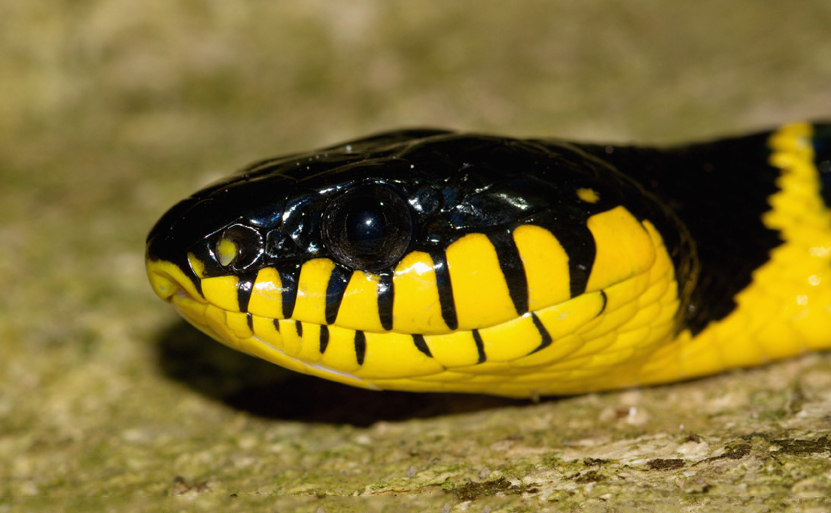
Mangrove-dwelling snakes possess remarkable physical adaptations that enable their specialized lifestyle. Their nostrils and eyes are positioned on the top of their heads, allowing them to breathe and see while keeping most of their bodies submerged. This adaptation is crucial during hunting, as it permits them to remain hidden while stalking prey in shallow water. Their bodies tend to be stocky and muscular rather than elongated, providing the strength needed to navigate through tangled roots and dense mud. Additionally, specialized scales and skin properties help them resist the corrosive effects of brackish water, while valvular nostrils and mouth structures prevent water ingress during submersion. Perhaps most importantly, these snakes possess specialized kidneys and salt glands that allow them to process and excrete excess salt, enabling survival in an environment that would prove toxic to most reptiles.
Dietary Specialization: The Crab Hunters
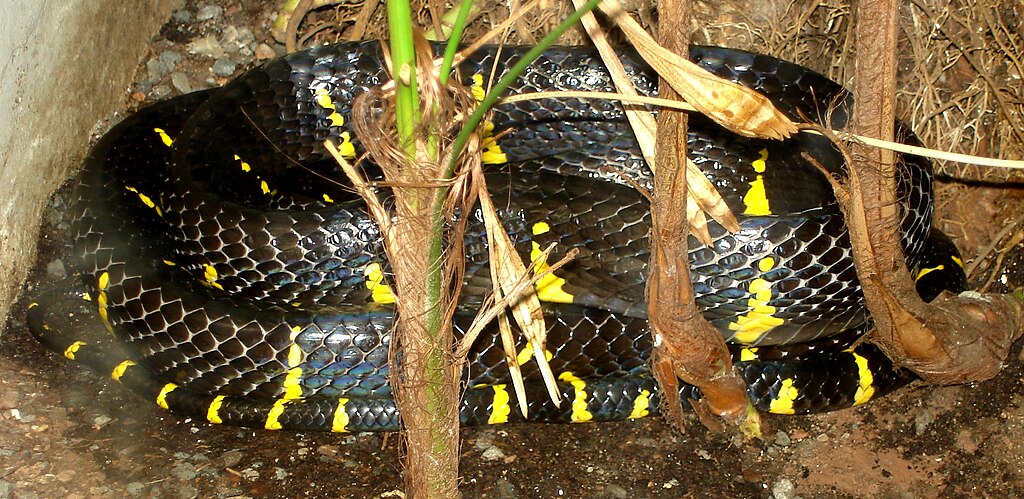
The diet of mangrove-specialist snakes reveals their remarkable ecological adaptation. As their common name suggests, the crab-eating water snake primarily preys upon crustaceans, particularly mud crabs that inhabit mangrove forests in abundance. Their unique hunting strategy involves patrolling the mudflats during low tide, searching for crab burrows, and extracting their prey with specialized jaws and teeth designed for crustacean consumption. The white-bellied mangrove snake possesses particularly adapted dentition, with blunt, molar-like rear teeth that can effectively crush hard crab shells. This dietary specialization allows these snakes to exploit a food resource that remains largely unavailable to other predators in the ecosystem. Their ability to consume and digest crustaceans gives them access to a protein-rich food source in an environment where traditional prey like fish might be more difficult to capture among the tangled roots.
Behavioral Adaptations: Mastering the Tides
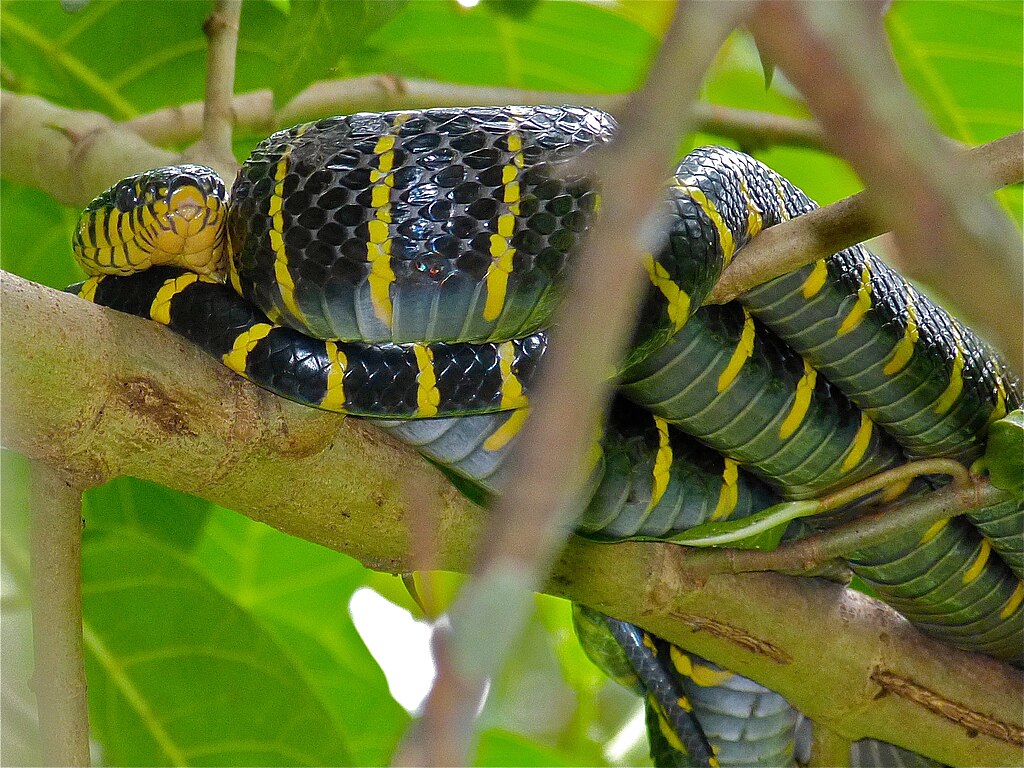
Mangrove snakes demonstrate sophisticated behavioral adaptations synchronized with tidal patterns. Their activity cycles correlate directly with tidal movements, with most hunting occurring during low tide when crabs and other prey are more exposed and accessible. During high tide, these snakes often retreat to elevated positions among mangrove branches or into abandoned crab burrows, conserving energy until more favorable hunting conditions return. Research has documented their remarkable ability to predict tidal changes, with activity patterns shifting in anticipation of tidal movements rather than simply reacting to them. This synchronization with natural rhythms represents a highly evolved behavioral adaptation that maximizes hunting efficiency while minimizing energy expenditure. Their entire lifestyle operates on this perpetual cycle of the tides, creating a unique temporal niche in the mangrove ecosystem.
Reproductive Strategies in a Challenging Environment

Reproduction in mangrove-specialist snakes reflects fascinating adaptations to their unique environment. Unlike many snake species that lay eggs, most mangrove specialists are viviparous, giving birth to fully-formed live young rather than laying eggs. This reproductive strategy offers a significant advantage in the mangrove environment, where suitable egg-laying sites above the high-tide mark may be scarce or nonexistent. The maternal protection of developing embryos also shields them from the harsh salinity and temperature fluctuations of the external environment. Breeding typically occurs during dry seasons when water levels are more predictable, and juvenile snakes are born with innate abilities to navigate their complex habitat. Young snakes begin hunting almost immediately, already equipped with the specialized dentition needed for capturing and consuming crustacean prey.
Salinity Tolerance: Living Between Waters
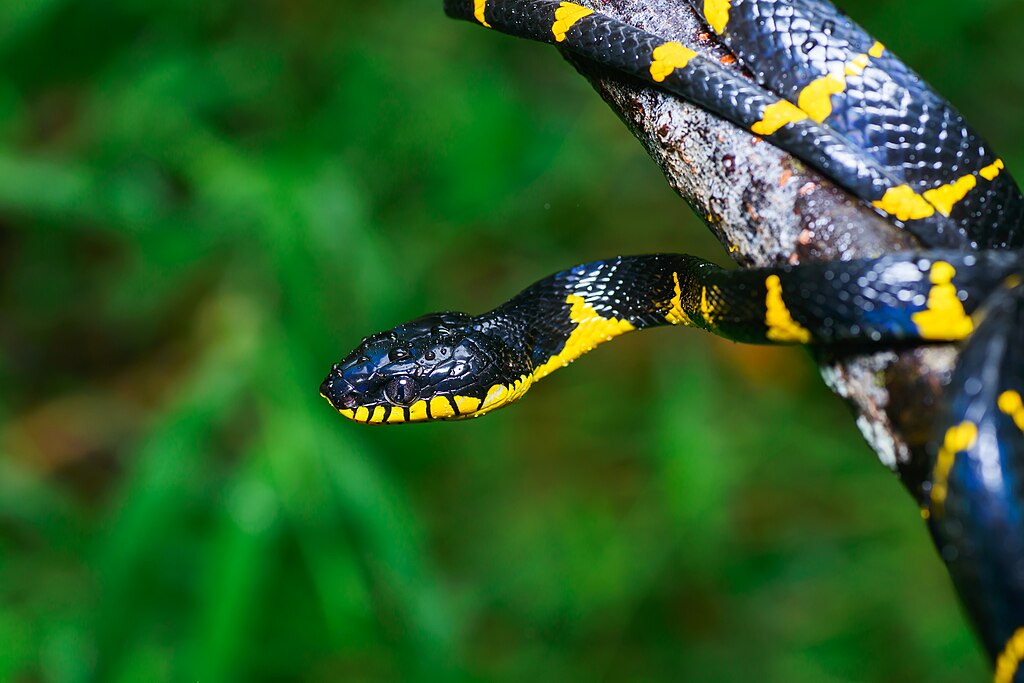
Perhaps the most remarkable physiological adaptation of mangrove snakes is their ability to tolerate brackish water conditions. While most reptiles are restricted to freshwater environments due to limitations in salt processing, mangrove specialists possess specialized salt glands and modified kidney functions that allow them to excrete excess salt. This adaptation permits them to thrive in the mixing zone between fresh and saltwater, an environment toxic to most reptiles. Research has demonstrated that species like Fordonia leucobalia can tolerate salinity levels approaching that of pure seawater for extended periods. Their specialized osmoregulatory system represents one of the most impressive physiological adaptations in the reptile world, allowing them to exploit an ecological niche unavailable to most competitors. This tolerance for varying salinity also enables them to survive seasonal fluctuations when monsoon rains or dry periods dramatically alter the salt content of their habitat.
Predation and Defense Mechanisms

Despite their specialized adaptations, mangrove snakes face threats from various predators including birds of prey, monitor lizards, and larger fish. Their primary defense mechanism lies in cryptic coloration that blends perfectly with the browns and grays of mangrove mud and roots. When threatened, most mangrove specialists rely on escaping into the water or retreating deeper among the impenetrable root systems rather than displaying aggressive defensive behaviors. While these snakes possess venom delivered through rear fangs, it’s primarily adapted for subduing prey rather than defense against larger predators. Some species exhibit interesting defensive displays, such as flattening their bodies to appear larger or releasing pungent musk from specialized glands when handled. Their ability to remain motionless for extended periods while partially submerged provides additional protection from aerial predators that hunt by sight.
Geographic Distribution and Range
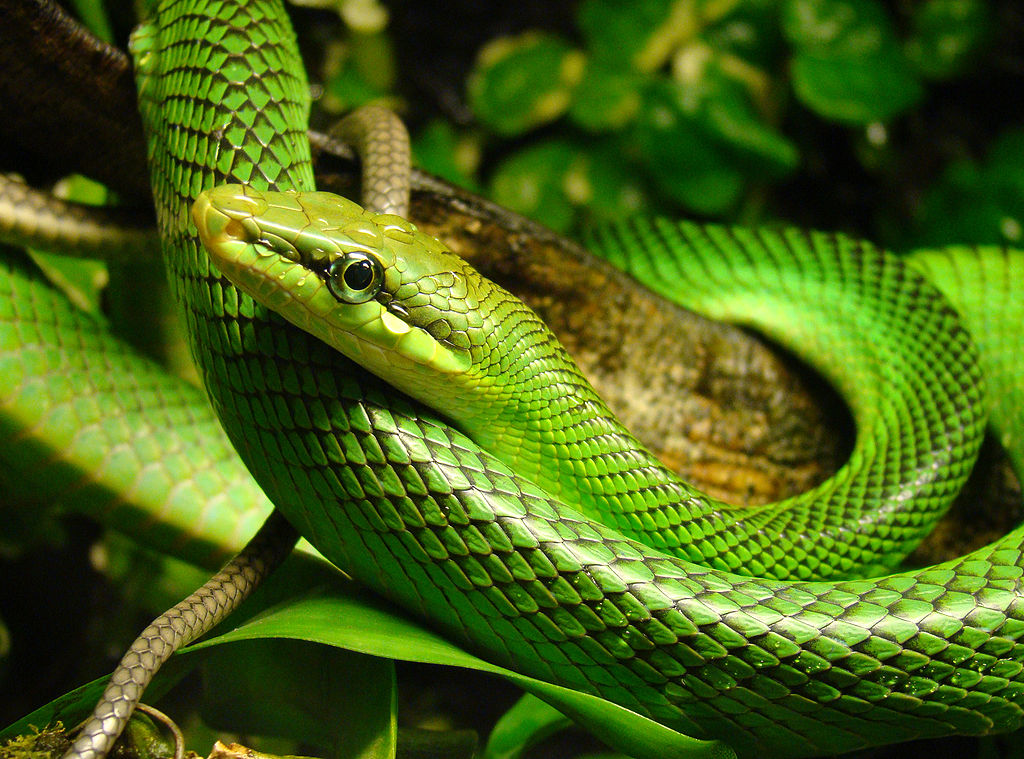
Mangrove-specialist snakes occupy a distribution that closely follows the global belt of mangrove forests across tropical and subtropical coastlines. The white-bellied mangrove snake (Fordonia leucobalia) ranges from India through Southeast Asia to northern Australia, with populations documented across Indonesia, Malaysia, the Philippines, and Papua New Guinea. The crab-eating water snake (Myron richardsonii) occupies a somewhat narrower range focused on northern Australia and parts of Southeast Asia. Their distribution is patchy and directly correlated with the presence of suitable mangrove habitat, with populations often isolated from one another by geographical barriers or urbanized coastlines. Research suggests that different regional populations may have developed localized adaptations to specific mangrove forest types and prey availability, potentially representing distinct evolutionary lineages despite their morphological similarities.
Conservation Status and Threats
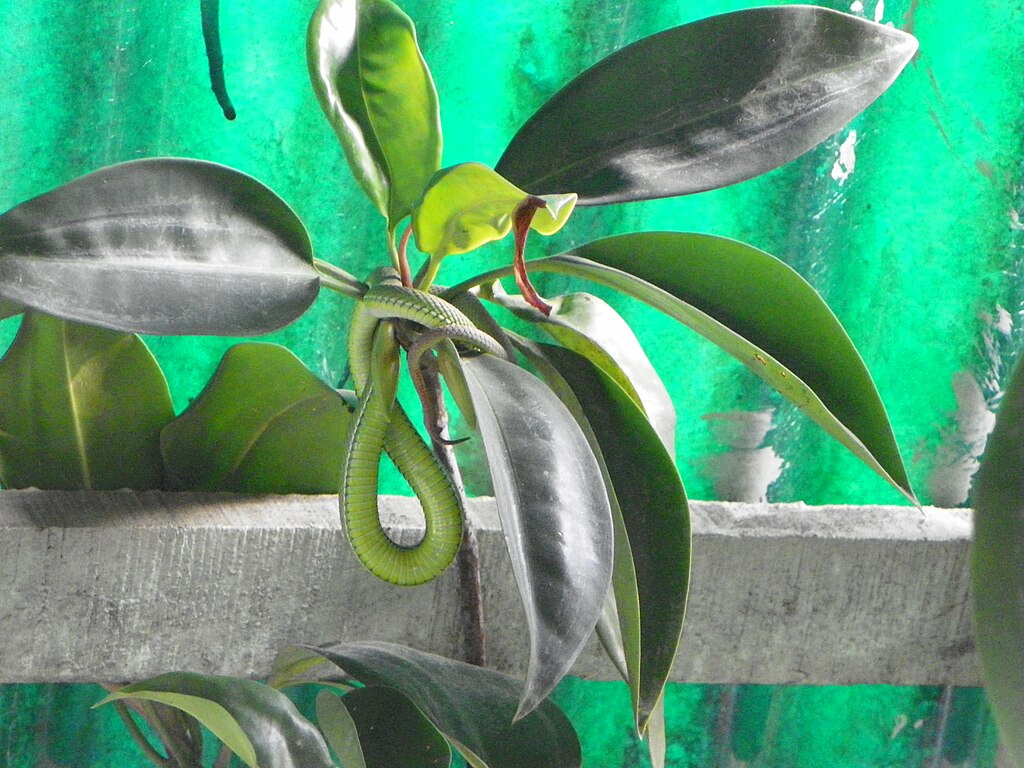
The conservation status of many mangrove-specialist snakes remains poorly documented, though they face significant threats from habitat destruction. Mangrove forests are among the world’s most threatened ecosystems, disappearing at rates of 1-2% annually due to coastal development, aquaculture expansion, and pollution. The extreme habitat specialization of mangrove snakes makes them particularly vulnerable to these losses, as they cannot simply relocate to other ecosystem types. Climate change poses additional threats through sea level rise, which may inundate existing mangrove forests before new ones can establish at higher elevations. Increased storm intensity also damages mangrove ecosystems, while changes in precipitation patterns affect the salinity balance critical to these snakes’ survival. Conservation efforts focusing specifically on these specialized reptiles remain limited, with most protection occurring incidentally through broader mangrove conservation initiatives.
Research Challenges and Knowledge Gaps
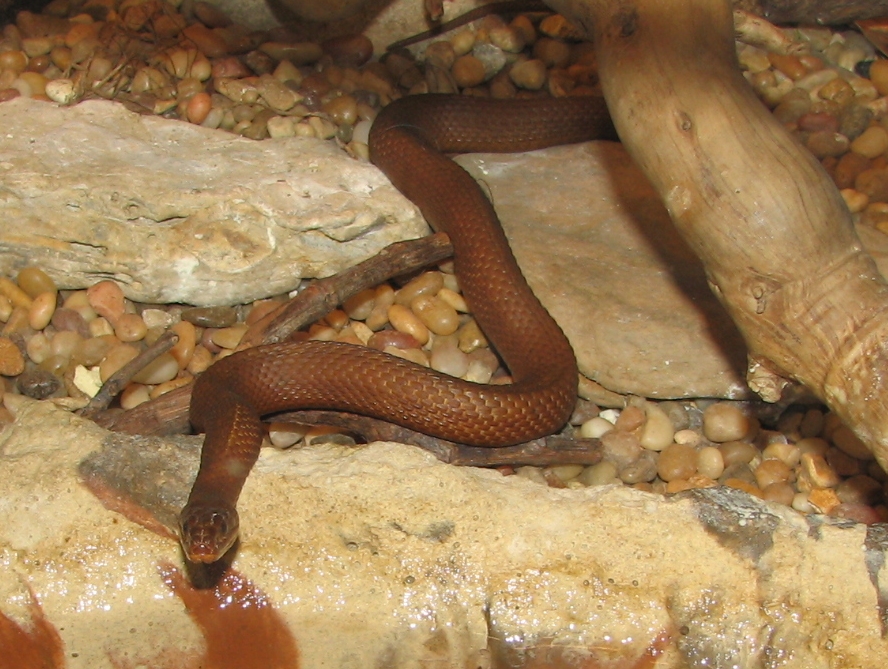
Scientific understanding of mangrove-specialist snakes remains surprisingly limited despite their ecological significance. The challenging nature of their habitat creates significant obstacles for researchers attempting to study these elusive creatures. Mangrove forests are notoriously difficult to navigate, with deep mud, tangled roots, and tidal fluctuations complicating traditional research methods. The cryptic nature and nocturnal habits of many mangrove snake species further complicate observation and data collection. Consequently, fundamental aspects of their biology—including population dynamics, home range sizes, and social behaviors—remain poorly documented. Recent advances in research techniques, including environmental DNA sampling and miniaturized tracking devices, offer promising new approaches for uncovering the secrets of these specialized reptiles. Closing these knowledge gaps becomes increasingly urgent as mangrove habitats face accelerating threats from human activities and climate change.
Cultural Significance and Human Interactions
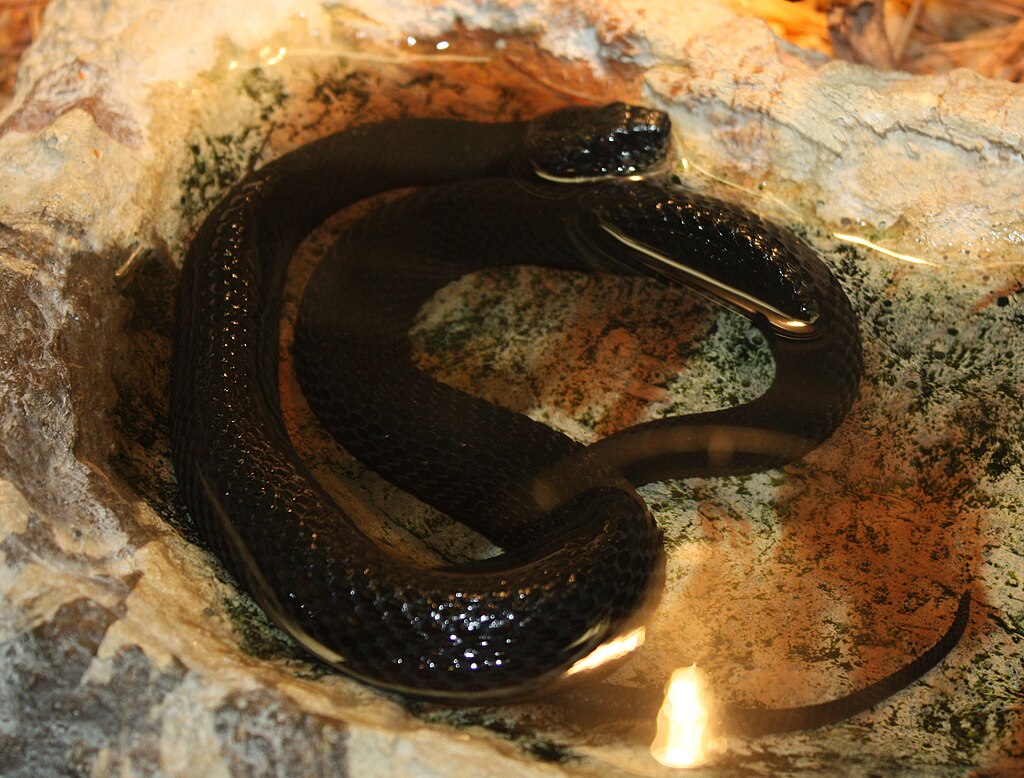
Mangrove-specialist snakes have featured in the cultural traditions of coastal communities across their range for centuries. In parts of Southeast Asia, some indigenous communities consider these snakes to be guardians of the mangrove forests, incorporating them into local folklore and traditional ecological knowledge. Practical interactions occur primarily among fishing communities, whose members occasionally encounter these snakes while harvesting crabs or fish from mangrove waterways. While mangrove specialists are venomous, their rear-fanged delivery system and relatively mild venom make serious envenomation uncommon in human encounters. Traditional medicine in some regions utilizes these snakes for various preparations, though this practice has declined with modernization. In contemporary settings, these specialized reptiles occasionally appear in the exotic pet trade, though their specific habitat requirements make them poor candidates for captivity compared to more adaptable snake species.
The Future of Mangrove Snakes in a Changing World
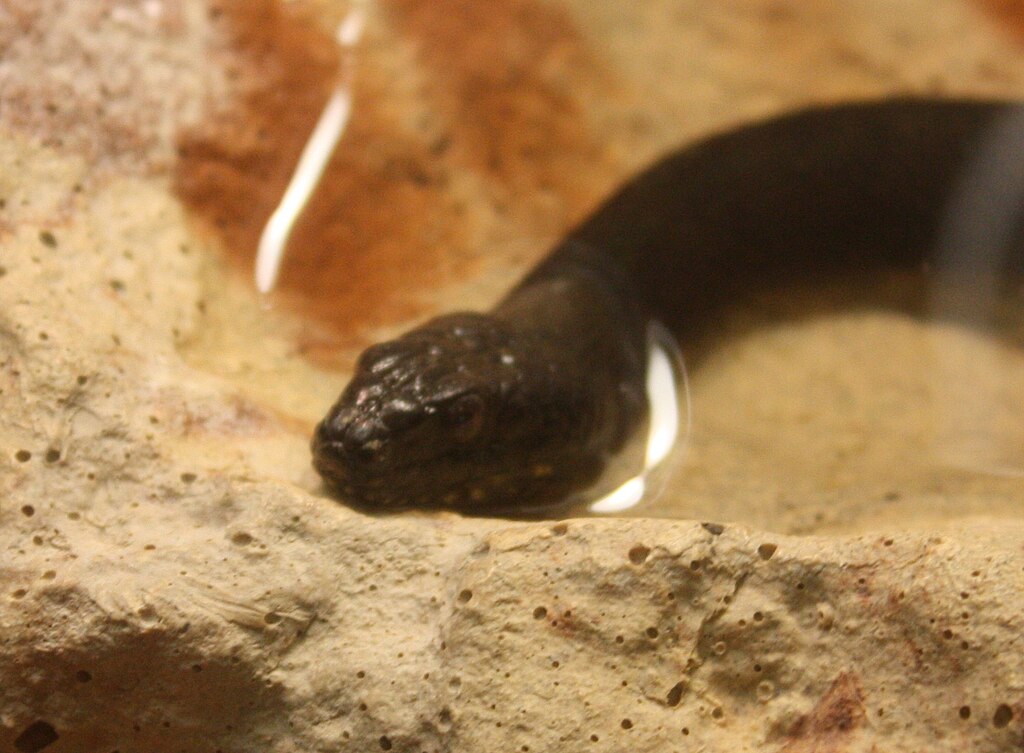
The future of mangrove-specialist snakes hangs in a delicate balance as their unique habitat faces unprecedented pressures. Their extreme specialization—once an evolutionary advantage—now represents a vulnerability in rapidly changing coastal environments. The capacity of these specialized reptiles to adapt to habitat alterations remains largely unknown, though their relatively slow evolutionary rate compared to the pace of human-driven change suggests limited adaptive potential. Conservation strategies focusing on preserving and restoring mangrove ecosystems offer the most promising approach for ensuring their survival. Recent international recognition of mangroves’ importance for carbon sequestration and coastal protection provides new incentives for habitat preservation, potentially benefiting these specialized snakes indirectly. Future research focusing specifically on their adaptive capacity and minimum habitat requirements will be crucial for developing targeted conservation approaches as coastal environments continue to transform. These remarkable specialists serve as living indicators of mangrove ecosystem health, their presence signaling the integrity of these crucial transitional zones between land and sea.
In the tangled roots of the world’s mangrove forests, these specialized serpents continue their ancient way of life, hunting with the tides and navigating a world between land and sea. Their extreme adaptation to this challenging environment demonstrates the remarkable specialization possible through evolutionary processes. As we come to better understand these unique creatures, they offer important lessons about ecological specialization, physiological adaptation, and the intricate relationships between species and their habitats. The story of the mangrove snake is ultimately one of finding extraordinary success in one of Earth’s most challenging environments—a reminder of nature’s remarkable capacity for specialization and adaptation.

